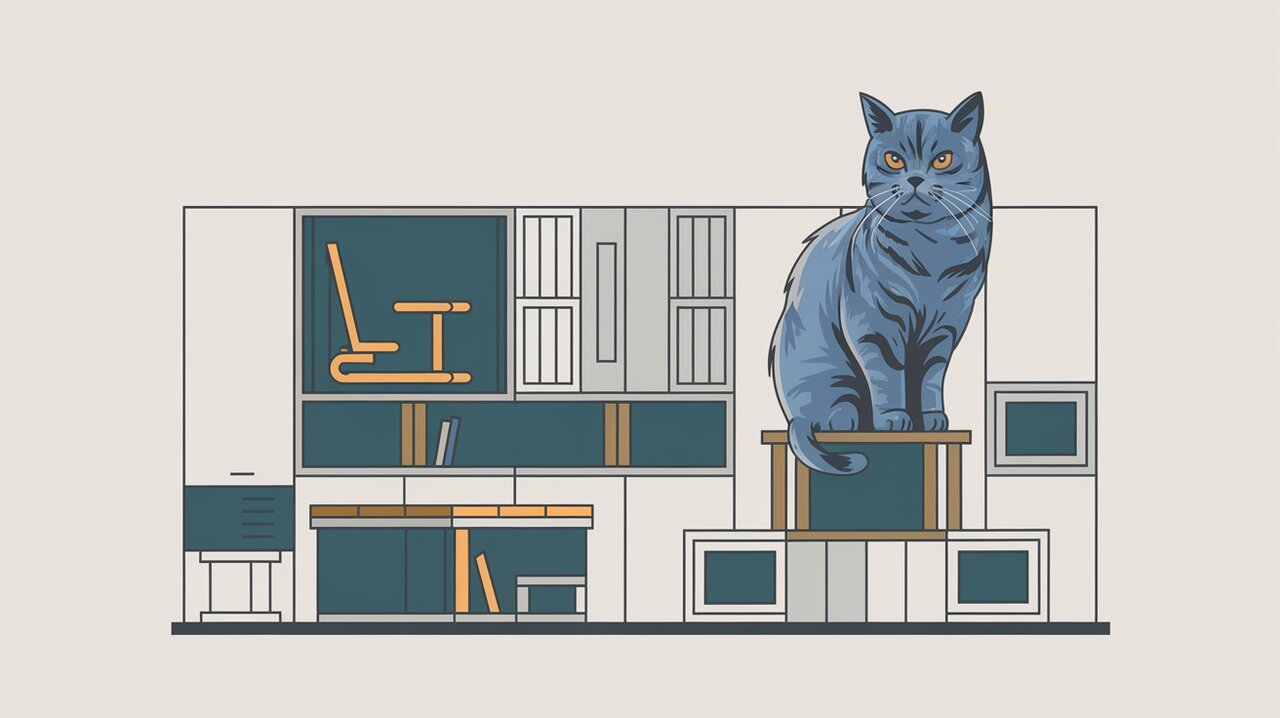
React developers are constantly seeking ways to create responsive and flexible layouts with ease. While CSS flexbox has revolutionized web layout design, implementing complex layouts can still be challenging. This is where react-colrow comes to the rescue, offering a smart and intuitive way to build flexbox-based layouts in React applications.
Unveiling react-colrow
react-colrow is a lightweight yet powerful library that provides React components for creating flexible layouts. Based on CSS flexbox, it offers a simple API to handle responsive designs, supports TypeScript, and even works with server-side rendering. At just 3 KB gzipped, it’s a compact solution that packs a punch in terms of functionality.
Key Features
- Flexbox-based: Leverages the power of CSS flexbox for efficient layouts.
- Responsive Design: Easily create layouts that adapt to different screen sizes.
- TypeScript Support: Fully typed for enhanced development experience.
- Server-Side Rendering: Compatible with SSR for improved performance and SEO.
- Lightweight: Minimal impact on your bundle size at just 3 KB gzipped.
Getting Started
Installation
To start using react-colrow in your project, you can install it via npm or yarn:
npm install react-colrow
or
yarn add react-colrow
Basic Usage
Let’s dive into some basic examples to see how react-colrow works:
import { Row, Col, BreakRow, config } from 'react-colrow';
// Optionally configure default settings
config.DEFAULT_GUTTER_X = 16;
config.DEFAULT_GUTTER_Y = 16;
function MyComponent() {
return (
<Row gutter={16}>
<Col width={1/3}>Column 1</Col>
<Col width={1/3}>Column 2</Col>
<Col width={1/3}>Column 3</Col>
</Row>
);
}
In this example, we create a row with three equally-sized columns. The gutter prop sets the spacing between columns.
Advanced Layout Techniques
react-colrow shines when it comes to creating more complex, responsive layouts:
function ResponsiveLayout() {
return (
<Row gutter={[16, 16]} smGutterX={8}>
<Col width={1/2} xs={1}>
<div>Full width on small screens, half width on larger screens</div>
</Col>
<Col width={1/4} xs={1/2}>
<div>Quarter width, half on small screens</div>
</Col>
<Col width={1/4} xs={1/2}>
<div>Quarter width, half on small screens</div>
</Col>
<BreakRow />
<Col width={300}>
<div>Fixed width column</div>
</Col>
<Col grow>
<div>This column will grow to fill remaining space</div>
</Col>
</Row>
);
}
This layout demonstrates several advanced features:
- Responsive column widths using the
xsprop - Fixed-width columns
- Growing columns that fill available space
- Manual row breaks with
BreakRow
Mastering Responsive Design
One of the strengths of react-colrow is its ability to handle responsive layouts with ease. Let’s explore a more complex example:
function ResponsiveForm() {
return (
<Row gutter={[16, 16]}>
<Col width={300} xs={1}>
<ProfileCard />
</Col>
<Col grow xs={1}>
<Row>
<Col width={1/3} xs={1/2}>
<label>First Name</label>
<input type="text" />
</Col>
<Col width={1/3} xs={1/2}>
<label>Last Name</label>
<input type="text" />
</Col>
<Col width={1/3} xs={1}>
<label>Email</label>
<input type="email" />
</Col>
<Col width={3/5} xs={1}>
<label>Website</label>
<input type="url" />
</Col>
<Col width={2/5} xs={1}>
<label>Title</label>
<input type="text" />
</Col>
<Col>
<label>About</label>
<textarea></textarea>
</Col>
</Row>
</Col>
</Row>
);
}
This example creates a responsive form layout that adapts to different screen sizes. On larger screens, it displays a profile card next to the form fields. On smaller screens, the layout stacks vertically for better mobile viewing.
Conclusion
react-colrow offers a powerful and intuitive way to create flexible, responsive layouts in React applications. By leveraging the power of CSS flexbox and providing a simple API, it allows developers to build complex layouts with ease. Whether you’re working on a small project or a large-scale application, react-colrow can significantly streamline your layout development process.
As you explore the capabilities of react-colrow, you might also be interested in other React layout solutions. Check out our articles on React Grid Layout Mastery for an alternative approach to creating dynamic layouts, or dive into React Responsive Mastery to further enhance your responsive design skills.
By incorporating react-colrow into your React toolkit, you’ll be well-equipped to tackle even the most challenging layout requirements with confidence and efficiency.
